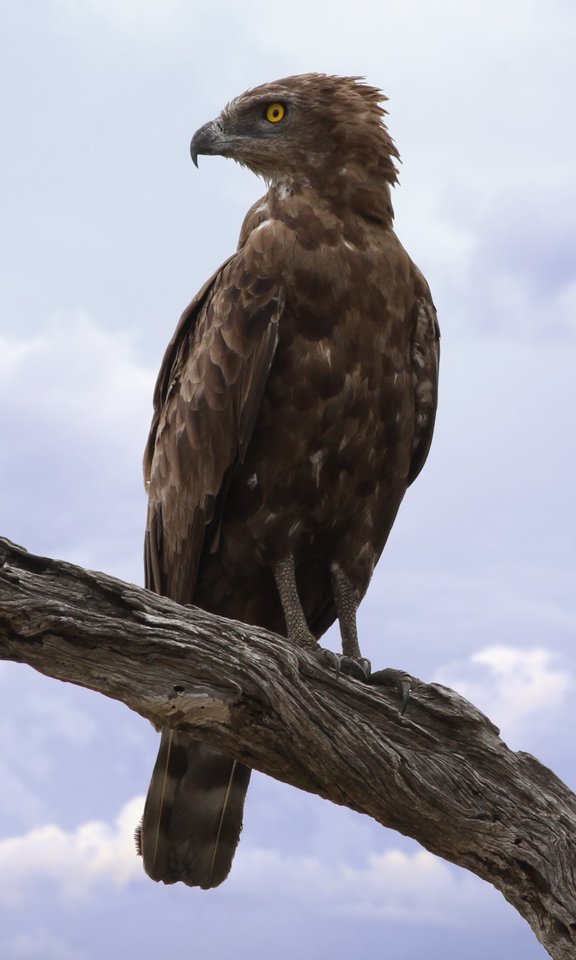Brown snake eagles are known for their exceptional hunting skills, primarily targeting live snakes as their primary source of food. However, the question of whether these majestic birds also consume dead animals has been a topic of interest among wildlife enthusiasts and researchers.
Do Brown Snake Eagles Eat Dead Animals?
Based on the available information, there is no clear evidence that brown snake eagles regularly feed on dead animals. These birds are specialized predators, and their diet consists almost exclusively of live snakes, including venomous species such as cobras and puff adders.
Brown snake eagles have several adaptations that make them well-suited for hunting live prey. They have thick-skinned legs that provide protection against snake bites, and their sharp talons and hooked beaks are designed to capture and tear apart their slithering prey. Additionally, their exceptional eyesight allows them to spot and track snakes from a distance.
While brown snake eagles may occasionally scavenge on the remains of other animals, such as small mammals or birds, their primary hunting strategy involves actively pursuing and capturing live snakes. This specialized diet is a key part of their ecological role in the savanna regions of sub-Saharan Africa, where they help to maintain a balance in the snake populations.
Hunting Behavior of Brown Snake Eagles
 Image source: Brown snake eagle By Derek Keats
Image source: Brown snake eagle By Derek Keats
Brown snake eagles are solitary hunters, known for their patient and methodical approach to hunting. They often perch on high vantage points, such as the tops of trees or utility poles, scanning the surrounding area for any movement that might indicate the presence of a snake.
When a snake is spotted, the eagle will swoop down and use its powerful talons to grasp the snake, often in a way that avoids the venomous fangs. Once the snake is captured, the eagle will either carry it back to its nest to feed its young or consume it on the spot.
In addition to snakes, brown snake eagles have been known to occasionally prey on other small vertebrates, such as lizards, small mammals, and even domestic birds. However, these alternative prey items are not a significant part of their diet, and they remain primarily focused on hunting live snakes.
Breeding and Nesting Habits
Brown snake eagles are monogamous birds, forming pairs during the breeding season. They construct their nests on the flat crowns of thorn trees, using a variety of materials such as sticks, twigs, and even pieces of cloth or plastic.
The female brown snake eagle typically lays a single egg, which she incubates for around 7 weeks. During this time, the male is responsible for providing food for the female, bringing her live snakes and other small prey to sustain her while she sits on the nest.
Once the chick hatches, both parents work together to feed and care for the young eagle. The hatchling will remain in the nest for around 3 months, learning to fly and hunt before eventually leaving the nest and becoming independent.
Conservation Status and Threats
The brown snake eagle is currently listed as a species of Least Concern by the International Union for Conservation of Nature (IUCN). However, some populations have experienced declines due to habitat loss and the use of pesticides and poisons, which can have a negative impact on their prey and food sources.
In many parts of Africa, these eagles are found in large conservation areas, such as national parks and game reserves, where they are better protected from human-related threats. However, in some rural areas, they may face challenges from habitat fragmentation, persecution, and the use of harmful agricultural practices.
To ensure the long-term survival of the brown snake eagle, conservation efforts often focus on protecting their natural habitats, promoting sustainable land-use practices, and raising awareness about the importance of these birds in the ecosystem.
Conclusion
In summary, while brown snake eagles are known to be highly specialized predators, primarily targeting live snakes as their main source of food, there is no clear evidence that they regularly consume dead animals. These majestic birds have evolved a range of adaptations that make them well-suited for their unique hunting strategy, and they play a crucial role in maintaining the balance of snake populations in the savanna regions of sub-Saharan Africa.

